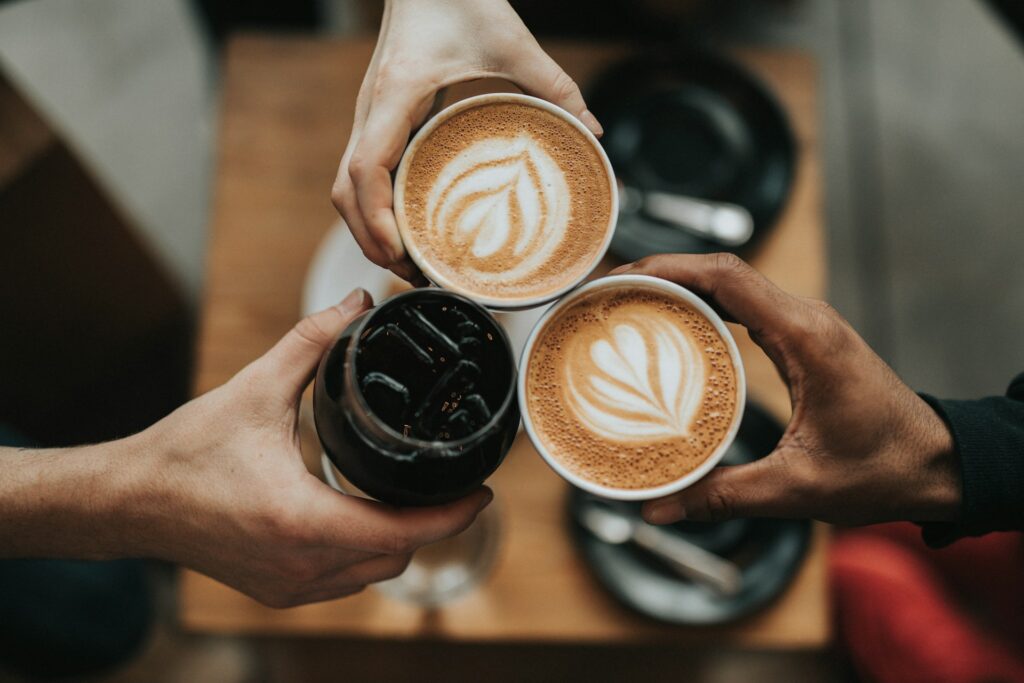Coffee prices are falling, can it be cheaper here too?
The U.S.–Brazil trade war has shaken the global coffee market: in August, Brazilian exports to the United States nearly halved, while prices worldwide hit record highs. The situation affects everyone from Starbucks to retail chains, reports vg.hu.
Tariffs and falling exports
 Donald Trump’s 50 percent tariffs, introduced on August 6, had a drastic impact: Brazilian coffee exports to the United States fell by 46 percent, according to the Cecafe exporters’ association. The drop was even steeper in instant coffee, where exports shrank by nearly 60 percent.
Donald Trump’s 50 percent tariffs, introduced on August 6, had a drastic impact: Brazilian coffee exports to the United States fell by 46 percent, according to the Cecafe exporters’ association. The drop was even steeper in instant coffee, where exports shrank by nearly 60 percent.
Brazil, the world’s largest coffee producer, previously supplied one-third of U.S. consumption. Since local producers can only cover about 1 percent of domestic demand, the decline in imports led directly to price increases.
New markets, old challenges
The lost U.S. volume was partly absorbed by other markets: exports to Mexico rose by 90 percent and to Colombia by 578 percent. The biggest winner, however, was Germany, which—although it does not grow coffee—is the second-largest roaster in Europe after Italy.
According to the German statistics office, coffee prices in August were 22.8 percent higher than a year earlier. Hungary recorded an 18.5 percent increase, while in the United States coffee prices jumped by 33 percent, reaching $8.41 per pound.
Dwindling stocks, rising market
Due to high prices, major coffee chains—including Starbucks—have depleted their reserves in recent years to avoid costly purchases on the open market. Danilo Gargiulo, lead analyst at Bernstein, said stock levels have “fallen far below historical averages.” This makes the market extremely vulnerable: another crop failure or logistical disruption could trigger an immediate price surge.
Mike Hoffmann, professor at Cornell University, warned that long-term risks are exacerbated by climate change. “Droughts and floods are becoming more frequent. This will affect not only coffee but the entire global food supply,” he cautioned.
Retail impacts
Consumers experience price hikes differently depending on whether they buy coffee for home use or in cafés and restaurants. Retail prices tend to fluctuate more, while coffee chains can offset cost increases with only minor adjustments. For Starbucks, for example, a price correction of less than 0.5 percent would be enough to cover the extra costs resulting from Brazilian tariffs.
The decline in Brazilian coffee exports may further fuel global prices in the short term and could reshape supply chains in the long run. For now, German and other European roasters benefit from the reallocation of supply, but high prices and climate-related risks put the entire industry on an uncertain path ahead.
Related news
The era of cheap coffee may be over
🎧 Hallgasd a cikket: Lejátszás Szünet Folytatás Leállítás Nyelv: Auto…
Read more >The Temu model is at a turning point: extra-cheap online imports may become more expensive from 2026
🎧 Hallgasd a cikket: Lejátszás Szünet Folytatás Leállítás Nyelv: Auto…
Read more >Coffee and hot dogs at their peak: MOL closes a record year
🎧 Hallgasd a cikket: Lejátszás Szünet Folytatás Leállítás Nyelv: Auto…
Read more >Related news
The New Year’s Eve fireworks fair is back: temporary sales will start in department store parking lots at the end of December
🎧 Hallgasd a cikket: Lejátszás Szünet Folytatás Leállítás Nyelv: Auto…
Read more >The first Eastern European non-alcoholic beer turns 50
🎧 Hallgasd a cikket: Lejátszás Szünet Folytatás Leállítás Nyelv: Auto…
Read more >Sausage: pork prices are already going down, but they won’t be cheaper in stores – a significant correction may come in the spring at the earliest
🎧 Hallgasd a cikket: Lejátszás Szünet Folytatás Leállítás Nyelv: Auto…
Read more >






